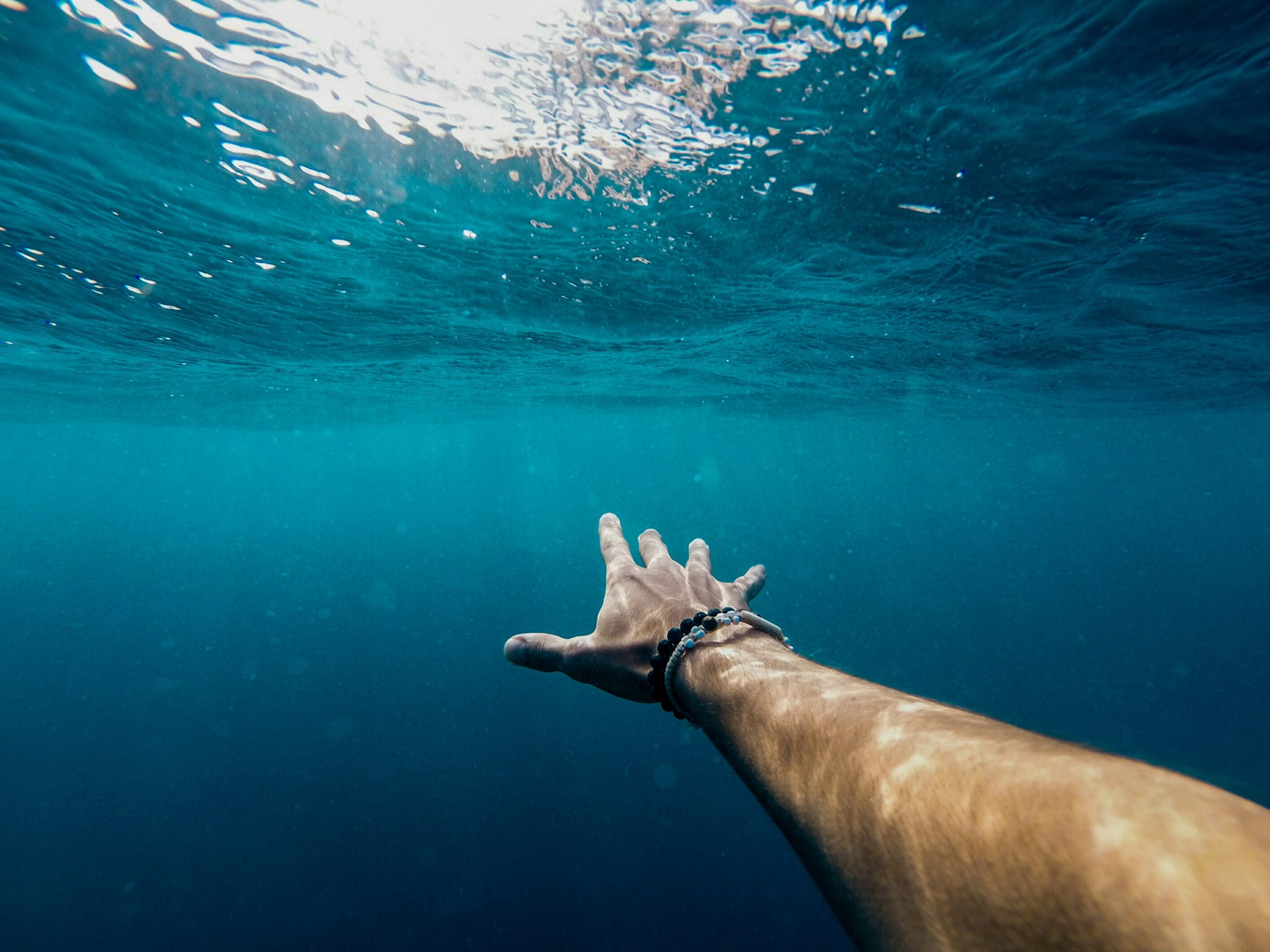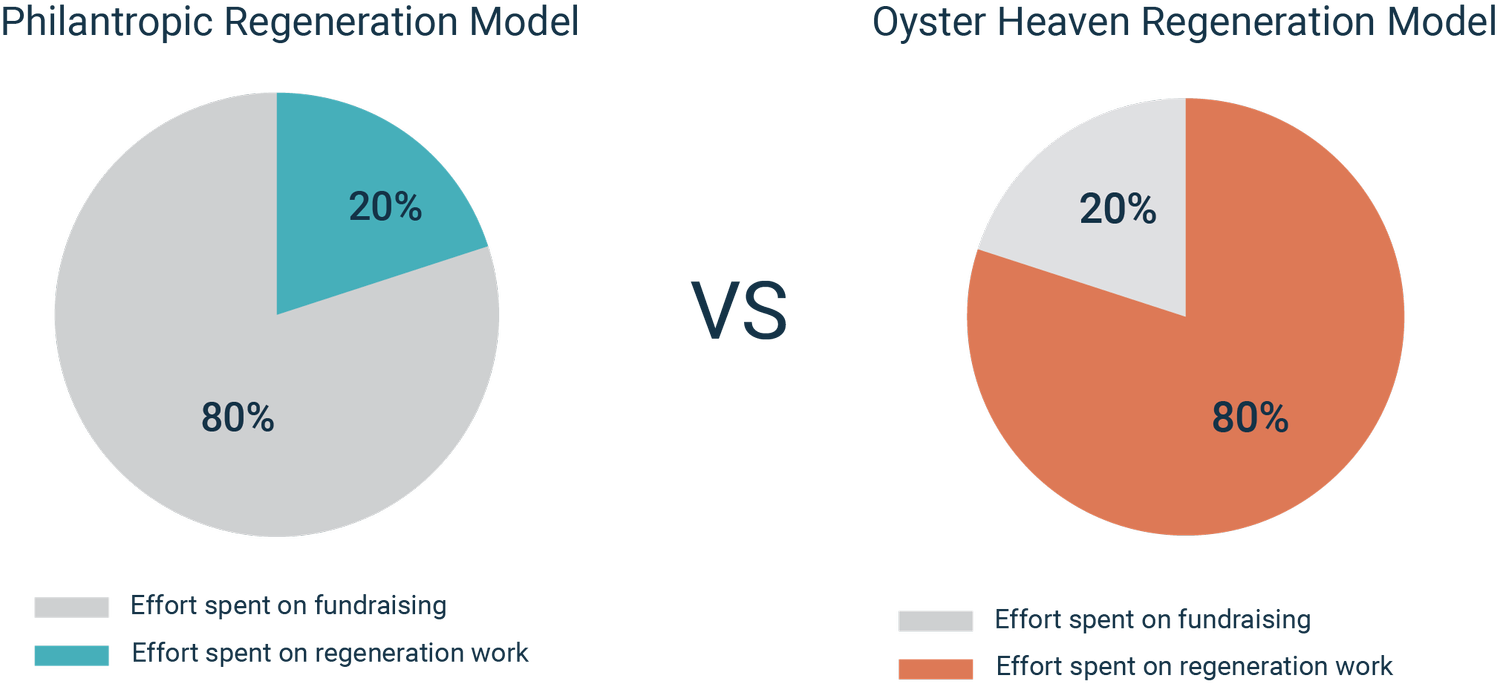In the past few years, everything related to sustainability has been tagged as “green”. Green energy, green growth, green products… this is all great. But what about Blue?
The ocean has absorbed more than 90% of the excess heat in the climate system and around 23% of the CO2 emissions generated by human activities. It also covers over 70% of the Earth’s surface, and the majority of life on Earth is aquatic. Still, when we talk about sustainability, the ocean is often forgotten, and in the meantime, we keep dumping 80% of the global sewage waste untreated.
It’s clearly time to focus on the ocean and start going Blue. In fact, since 2021 we have been on the United Nations Decade of Ocean Science. So let’s take a deep dive into the Blue Economy and the opportunities it presents.

According to the World Bank, the Blue Economy is the sustainable use of ocean resources for economic growth, improved livelihoods, and jobs while preserving the health of ocean ecosystems.
In simple words, the ocean provides us with plentiful resources that we can – and should – make use of, but only in a sustainable way. The central idea is to find a balance between economic development and environmental conservation. And this is no longer a mere concept; it’s a global imperative.
Sustainable fisheries and aquaculture
Sustainable fisheries management is a cornerstone of the Blue Economy, and Seychelles is a great example of implementing this. In recent years, the nation has embraced sustainable fishing practices, imposing strict quotas and regulations. This approach not only safeguards marine ecosystems but also supports a growing seafood export industry, boosting the nation’s economy.
Besides fisheries, sustainable aquaculture can also contribute to the Blue Economy. Cultivating seafood in controlled environments is becoming more common globally. For example, Norwegian salmon farms use innovative technologies and strict environmental standards to produce high-quality fish, becoming one of the most sustainable sources of animal protein. This not only reduces pressure on wild fish stocks but also ensures a steady supply of seafood to meet global demands.
Renewable energy from the ocean
Harnessing renewable energy from the ocean is another exciting way to contribute to the Blue Economy. The Orkney Islands, in Scotland, has one of the most energy-rich waters in Europe, some of the strongest winds, and a community that has embraced the potential of renewable energy. They have leveraged the tides to become a hub for tidal and wave energy research. Today, they cover over 100% of the island’s energy needs with renewable marine and wind energy.
Sustainable coastal tourism
Tourism plays a key role in the economy of most coastal regions. When managed sustainably, it can also have a positive impact on the coastal ecosystems. The Maldives, renowned for its coral reefs and turquoise waters, has initiated eco-friendly tourism practices, including sustainable resort construction and marine conservation efforts. By preserving their natural assets, the Maldives can continue to attract tourists while protecting their valuable marine ecosystems.
Marine conservation is certainly not new. Organisations across the world have been working on oyster restoration for the last decades. Their work has been incredibly important and there is so much we have learned from the projects developed so far. However, the vast majority of conservation projects depend on funds and philanthropy, which limits the scale of their work.
To step away from the traditional model and step into the Blue Economy, we needed to find a scalable financial model that would allow us to restore oyster reefs independently and at a large scale. So we turned marine regeneration into a smart investment.

Oyster reefs are a marine ecosystem that provides us with incredibly valuable services that the ocean and our society need, such as water filtration and nitrogen management. They also generate biodiversity and help protect our shores.
By restoring oyster reefs, we can generate the financial value that will allow us to restore the next reef, and so on. This way we can restore oyster reefs in a scalable and sustainable way, working with the ocean for the benefit of all.
The journey toward a Blue Economy may have just recently started, but the destination is a society where we can continue comfortably while helping the environment thrive.